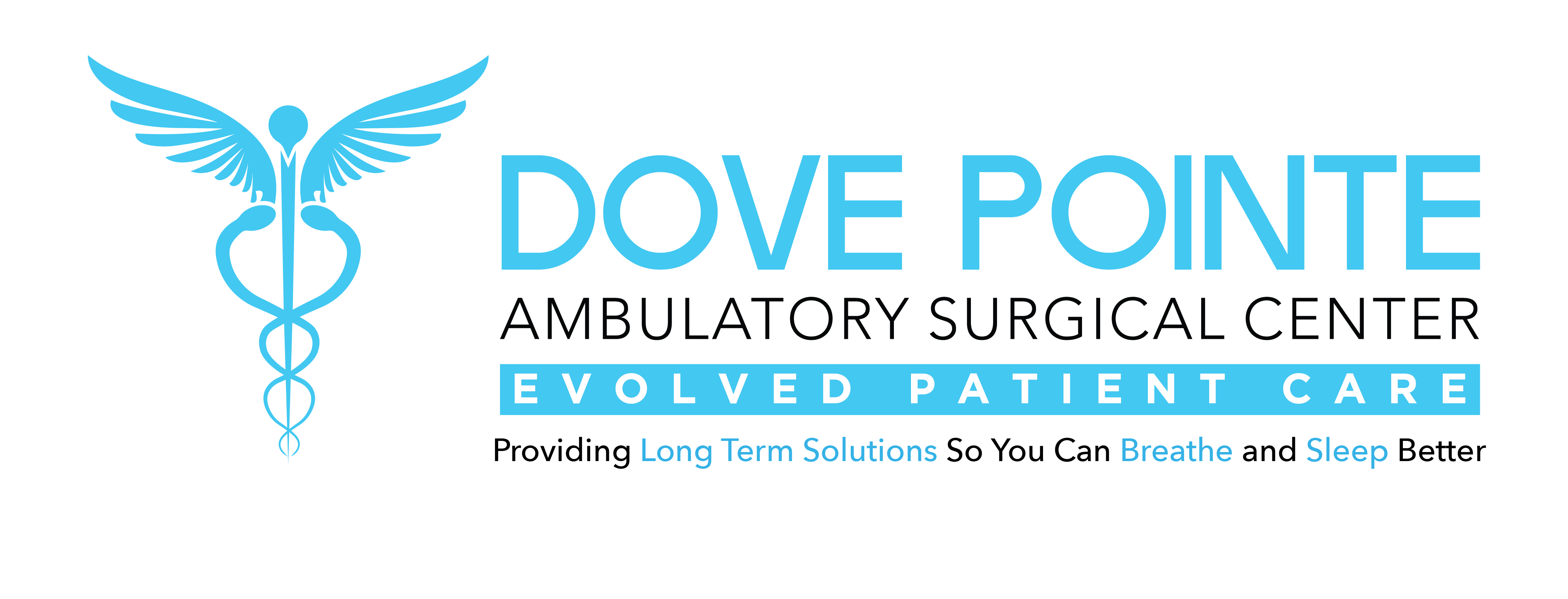Nearly 30 million Americans suffer from sinusitis on a yearly basis, accounting for roughly 12% of the population. With so many suffering, finding relief started to become much more of a priority a few years ago, causing many experts in the field to innovate new operations and techniques. One recent, non-invasive procedure, however, is taking the ENT world by storm.
There are various options when it comes to how to resolve chronic sinusitis, but today, Physician Assistant Jonathan Lerma and his team of sinus relief specialists will take a look into why balloon sinuplasty could be the best choice for you.
What causes chronic sinusitis?
Chronic sinusitis is a condition that interrupts the proper drainage of mucus, ultimately making your nose all stuffed up, and your eyes swollen and tender. It is typically caused by the inflammation or swelling of the tissue lining the sinuses because of exposure to allergens, bacteria, or viruses.
One is typically diagnosed with chronic sinusitis when their symptoms persist three months or longer even with treatment. Some common symptoms of chronic sinusitis can range from nasal inflammation and discharge, ear pain, sore throat, bad breath and even physical pain throughout the face.
Allergens, foregin bacteria, and viruses can all contribute to the inflammation of the inner linings of the sinuses. This results in congestion that prevents mucus from flushing it out of your sinuses. This causes unwanted bacteria in your sinuses that can spread and lead to severe infections and chronic pain.
There are multiple causes to chronic sinusitis but a few of the most notable ones are:
Allergies/hay fever: Foreign substances in the air like pollen and unwanted toxins can travel to through your sinuses causing inflammation in the nasal passageways.
Nasal polyps: Nasal polyps are painless, non-cancerous growths that line your nasal openings or sinuses. Although they’re painless, they can block nasal passages, making it tough to breathe.
Deviated nasal septum: A deviated nasal septum takes place when the bone and the cartilage that divide the nasal cavity in half is off center and crooked. This condition makes you struggle more to breathe and happens either at birth or following injury to the nose.
Respiratory tract infections: Viruses including the common cold and the flu are considered respiratory infections, which are bugs that attack your respiratory tract. These infections impact mucus drainage and can cause inflammation in your nasal membranes.
Other conditions such as asthma, cystic fibrosis, and HIV can all cause irritation within the nasal pathways which leads to mucus blockage over time.
What is balloon sinuplasty, and how can it help me?
Balloon sinuplasty is an endoscopic nasal surgery that uses a small balloon to open up your nasal sinuses slightly and gently to improve drainage. Approved by the Food and Drug Administration (FDA) in 2005, balloon sinuplasty has been performed on over 375,000 people and is mildly invasive with little downtime required upon surgery. Balloon sinuplasty has been proven effective in diminishing symptoms of chronic sinusitis.
The benefits of balloon sinuplasty over traditional nasal surgery are:
- Lower risk of bleeding throughout surgery
- No need to stay overnight in a medical facility
- There is no damage or removal of nasal bones or sinus cartilage
- Less imposed risk for postoperative infection
- Reduced risk of scarring and inflammation
- Fewer follow up appointments to remove stitches
- Reduced need for pain medication during and after surgery
If you think that balloon sinuplasty might be the optimal alternative for you, reach out to us to set up your consultation with the Glatz Group today! If eligible for the surgery, balloon sinuplasty can be done by our very own McAllen ENT doctors and staff right here in the office.
Don’t push off the chance to feel better with a less invasive option. If you suffer from bad allergies or sinuses, see if a balloon sinuplasty is the right option for you.
YOUR TEXT



